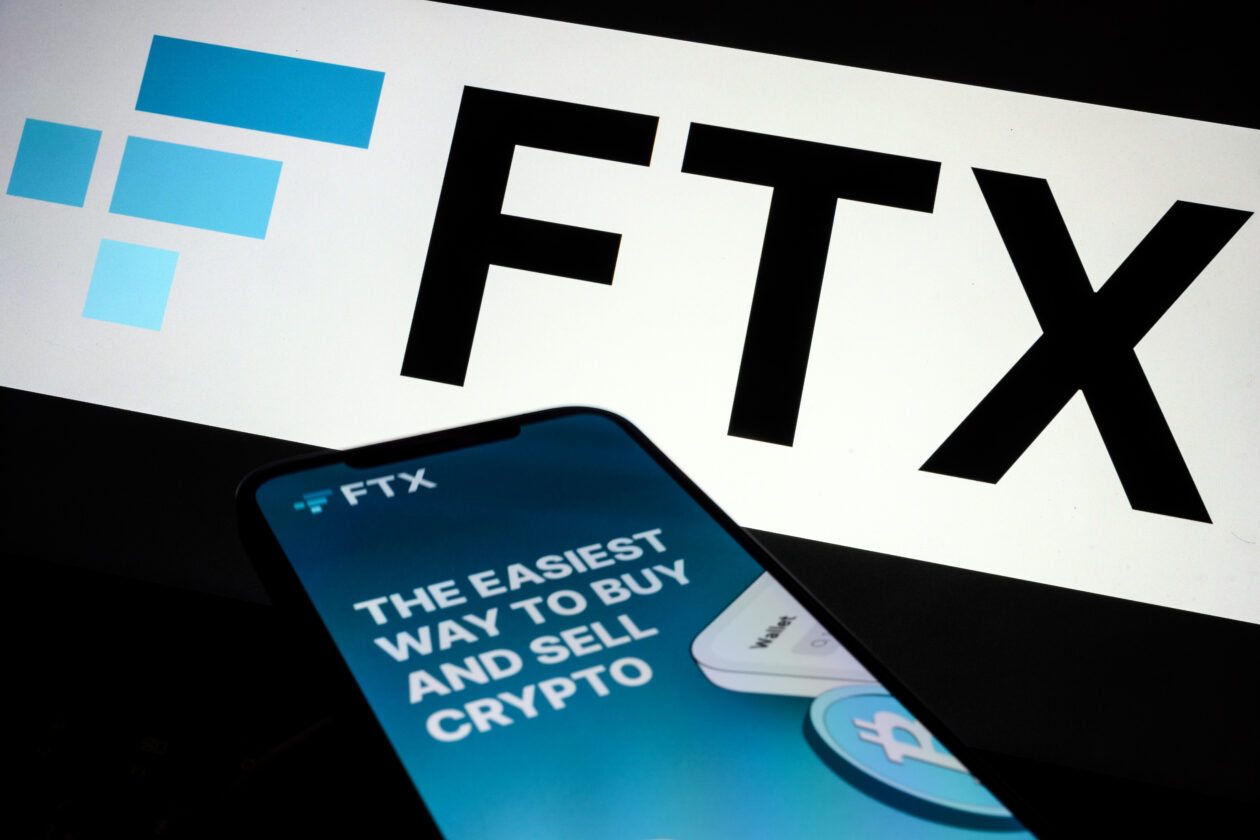The last 12 months have been devastating for crypto. The collapse of Terra-Luna, Celsius, Voyager and the like, combined with the downward trajectory of the world economy, has hit the industry hard. Investors are feeling the pain in their plummeting portfolios.
Now we have FTX. While the preceding events were bad, this could be many degrees worse. FTX is crypto’s Lehman Brothers moment, and the aftershocks are likely to be wide-ranging and could potentially set the industry back years.
Heavily invested venture capital firms and pension funds are writing off their losses to the tune of hundreds of millions of dollars. Large-scale investors have seen their net worth cut in two, and everyday investors will likely lose everything. Sequoia Capital, one of the world’s most successful venture capital firms, has already announced that it has marked down its US$214 million investment to $0.
Binance to the rescue?
For a short period, it looked as if Binance might save the beleaguered exchange and safeguard its billions of crypto assets. However, this ray of hope was short-lived. In reality, it’s unlikely Binance had any interest in purchasing FTX.
The opposite is more likely true. Binance’s CEO, Changpeng Zhao (CZ), is an adept, successful businessman. He probably saw an opportunity to take out one of his most significant and fastest-growing competitors to further dominate the market.
CZ’s actions leading up to the collapse were not those of someone interested in providing support. You could say that he first started to destabilize FTX’s business in July 2021 when he sold Binance’s stake. Then earlier this week, CZ announced that Binance would fully divest its FTT position when the precarious situation between Alameda Research, FTX’s sister company, and FTX International started to leak.
Great for Binance but terrible for those who trusted FTX with their life savings. If history teaches us anything, investors will get the rawest deal. FTX has now filed for bankruptcy, typically resulting in the assets held on the exchange being sold to cover debts and legal fees. Creditors will get paid if there’s anything left. Worse, this process will take years.
How did we get here?
While the undiluted truth will take some time to come to light, the evidence suggests that mismanagement and manipulation of company assets were at the heart of the collapse. This is not uncommon in any marketplace. An institution gets overleveraged and over its head, falling apart before it can fix it.
However, it’s one thing to leverage an illiquid token like FTT. It’s quite another to use other people’s money to manipulate and inflate the value of that currency artificially, print it ad nauseum, and lend it out or use it as collateral against loans for billions of dollars you can never repay. That’s criminal.
The difference between this situation and the crash of ’08 is Lehman Brothers operated in a highly regulated market, and the government partly protected Lehman’s investors. Crypto exchanges are not banks and can’t leverage the depositor assets on their platform. They’re supposed to be ethical custodians. From what we’re seeing, FTX took a different view. It saw the platform’s funds as its own and used them to pay off debt, pump the FTT token, and manipulate the market to the detriment of its customers.
What happens now?
Inevitably, global regulators will see this as their cue to step in and crack down hard on centralized and decentralized exchanges. This will make it very difficult for decentralized finance (DeFi) providers to operate without the oversight of a third party, which is precisely the opposite of why crypto was created.
While centralized exchanges like FTX and Binance have been useful platforms for onboarding people into the industry and have generated vast amounts of investment, they should not have existed in the first place. They go against the fundamental principles of the crypto industry, which seeks to eliminate the manipulation and malpractice that has dogged the traditional finance system.
There’s a belief that centralization brings regulation and, with it, transparency. But it doesn’t. By putting trust in centralized exchanges, you place immense power amongst a small group of people who can unilaterally decide what they do with the assets on the platform. We are, in effect, repeating the same mistake as we’ve seen with the traditional finance system. Regulation or not, you still create the potential for another Lehman Brothers or Bear Stearns moment.
Before regulators can get their claws into the industry, DeFi has a short opportunity to stand out and demonstrate its value. However, while DeFi platforms might provide the transparency needed, they face their own challenges. Hacks are the most prominent. They result from poor code standards and oversight and someone using the software to their advantage.
There need to be higher standards placed upon smart contracts, and not just for vulnerabilities but for the robustness of the code. It is also imperative that we find ways to make DeFi more accessible.
Until people feel confident taking custody of their financial assets, centralized propositions will continue to persuade them to use their services. Everyone must take control of their assets by placing them in hardware and self-custodial software wallets. Rule of thumb: if you can’t export the private key or seed phrase, it is not your money, and it’s at risk of being lost forever.





